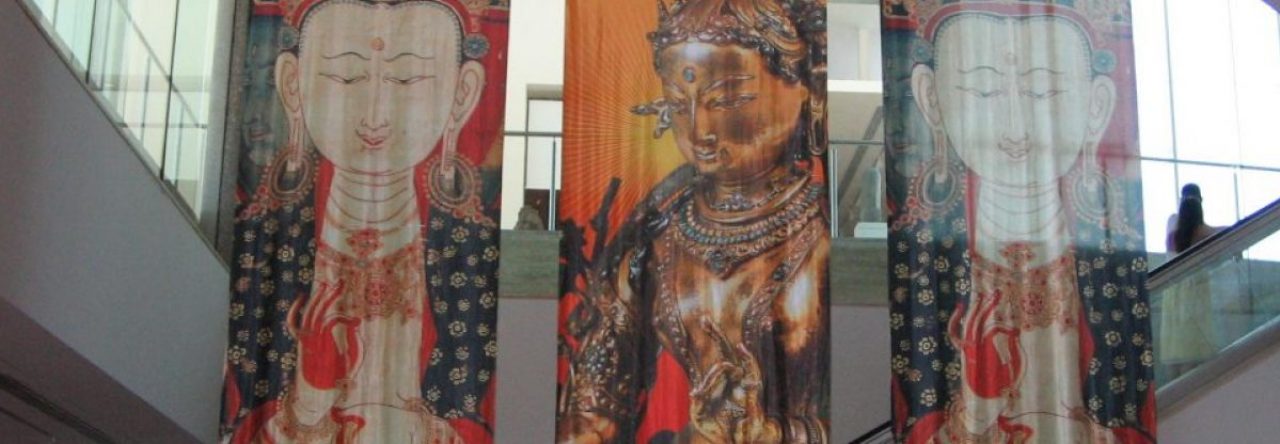In the classical summary of the processes which make up a human, the Buddha didn’t include the six senses in the first ‘aggregate’, the body. The later Theravadans made the senses more physical than they were in the early suttas, says Sue Hamilton in her Identity and Experience: the Constitution of the Human Being According to Early Buddhism. The senses in the early Buddhist literature are not contacted via the aggregate called the ‘body.’
This makes sense to me. When at any time of the day I do a simple exercise to find my presence, it goes something like this: “Firstly, relax the body. Next, relax the breath. And, now, relax the senses.” When I get to this ‘senses’ part, I notice that this automatically means an entry into the kind of ‘space’ that we call ‘the mind,’ not more into the so-called physical body. When I rest into this resultant ‘spaciousness’ curiously, I can notice that ‘the senses’ are all there in the space together; they aren’t separated in their conventional channels – they interpenetrate. One way of saying this might be to say: they partake of the same source, a unified ground state of consciousness.
This brings a new perspective on the injunction to ‘guard the senses.’ The senses need to be guarded because they are so directly portals to the spacious, luminous mind, the ‘citta.’ As such, the senses may be thought of as a liminal space which is neither body, nor non-body. Hence, they get a mention as domains of awareness in the citta, not as functions of the body.
